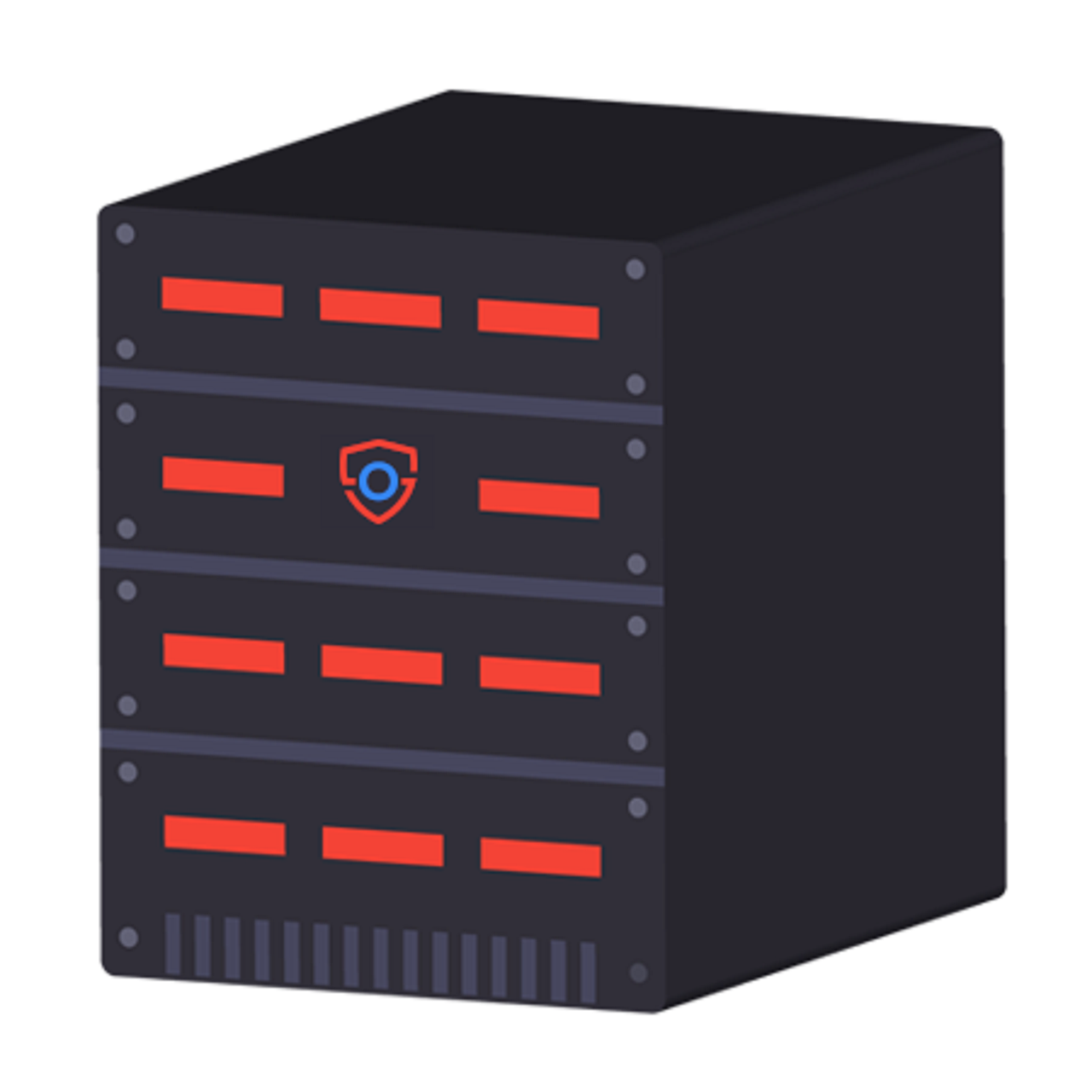Last update at :2024-03-16,Edit by888u
I gave you an introduction to the Pagoda Linux panel installation tutorial before. Today I will share the commonly used Pagoda Linux panel commands, which can be used to manage (stop/start/restart/uninstall) installed programs, including Nginx, MySQL, FTP, Apache , PHP, Redis, Memcached, etc.
1. Introduction to commonly used pagoda commands
The Pagoda management commands compiled in this article are applicable to the Pagoda Linux panel. After directly SSHing to the host, you can manage the corresponding software by executing the corresponding command code.
First, let’s sort out the common commands for managing the pagoda panel:
Pagoda Toolbox
btStop
/etc/init.d/bt stopStart
/etc/init.d/bt startRestart
/etc/init.d/bt restartUninstall
/etc/init.d/bt stop && chkconfig --del bt && rm -f /etc/init.d/bt && rm -rf /www/server/panelView current panel port
cat /www/server/panel/data/port.plModify the panel port, if you want to change it to 8881 (centos 6 system)
echo '8881' > /www/server/panel/data/port.pl && /etc/init.d/bt restart iptables -I INPUT -p tcp -m state --state NEW -m tcp --dport 8881 -j ACCEPT service iptables save service iptables restartModify the panel port, if you want to change it to 8881 (centos 7 system)
echo '8881' > /www/server/panel/data/port.pl && /etc/init.d/bt restart firewall-cmd --permanent --zone=public --add-port=8881/tcp firewall-cmd --reloadForcibly change the MySQL management (root) password, if you want to change it to 123456
cd /www/server/panel && python tools.py root 123456Change the panel password, if you want to change it to 123456
cd /www/server/panel && python tools.py panel 123456View pagoda log
cat /tmp/panelBoot.plView software installation log
cat /tmp/panelExec.logSite configuration file location
/www/server/panel/vhostDelete domain name binding panel
rm -f /www/server/panel/data/domain.confClear login restrictions
rm -f /www/server/panel/data/*.loginView panel authorized IP
cat /www/server/panel/data/limitip.confTurn off access restrictions
rm -f /www/server/panel/data/limitip.confView licensed domain names
cat /www/server/panel/data/domain.confClose panel SSL
rm -f /www/server/panel/data/ssl.pl && /etc/init.d/bt restartView panel error log
cat /tmp/panelBootView database error log
cat /www/server/data/*.errSite configuration file directory (nginx)
/www/server/panel/vhost/nginxSite configuration file directory (apache)
/www/server/panel/vhost/apacheSite default directory
/www/wwwrootDatabase backup directory
/www/backup/databaseSite backup directory
/www/backup/siteSite log
/www/wwwlogsHow to install Pagoda Linux Panel, please refer to: "Pagoda Linux Panel Installation Tutorial: Supporting CentOS, Ubuntu, Debian"
2. Arrangement of commonly used pagoda commands
The following introduces the pagoda management commands of commonly used software, the pagoda installation path of each software, and the path where the configuration file is located.
1. Nginx service management
nginx installation directory
/www/server/nginxStart
/etc/init.d/nginx startStop
/etc/init.d/nginx stopRestart
/etc/init.d/nginx restartLaunch
/etc/init.d/nginx reloadnginx configuration file
/www/server/nginx/conf/nginx.conf2. MySQL service management
mysql installation directory
/www/server/mysqlphpmyadmin installation directory
/www/server/phpmyadminData storage directory
/www/server/dataStart
/etc/init.d/mysqld startStop
/etc/init.d/mysqld stopRestart
/etc/init.d/mysqld restartLaunch
/etc/init.d/mysqld reloadmysql configuration file
/etc/my.cnf3. FTP service management
ftp installation directory
/www/server/pure-ftpdStart
/etc/init.d/pure-ftpd startStop
/etc/init.d/pure-ftpd stopRestart
/etc/init.d/pure-ftpd restartftp configuration file
/www/server/pure-ftpd/etc/pure-ftpd.conf4. Apache service management
apache installation directory
/www/server/httpdStart
/etc/init.d/httpd startStop
/etc/init.d/httpd stopRestart
/etc/init.d/httpd restartLaunch
/etc/init.d/httpd reloadapache configuration file
/www/server/apache/conf/httpd.conf5. PHP service management
php installation directory
/www/server/phpStart (please make changes according to the installed PHP version number, for example: /etc/init.d/php-fpm-54 start)
/etc/init.d/php-fpm-{52|53|54|55|56|70|71|72|73|74} startStop (please change it according to the installed PHP version number, for example: /etc/init.d/php-fpm-54 stop)
/etc/init.d/php-fpm-{52|53|54|55|56|70|71|72|73|74} stopRestart (please make changes according to the installed PHP version number, for example: /etc/init.d/php-fpm-54 restart)
/etc/init.d/php-fpm-{52|53|54|55|56|70|71|72|73|74} restartStart (please make changes according to the installed PHP version number, for example: /etc/init.d/php-fpm-54 reload)
/etc/init.d/php-fpm-{52|53|54|55|56|70|71|72|73|74} reloadConfiguration file (please make changes according to the installed PHP version number, for example: /www/server/php/52/etc/php.ini)
/www/server/php/{52|53|54|55|56|70|71|72|73|74}/etc/php.ini6. Redis service management
redis installation directory
/www/server/redisStart
/etc/init.d/redis startStop
/etc/init.d/redis stopredis configuration file
/www/server/redis/redis.conf7. Memcached service management
memcached installation directory
/usr/local/memcachedStart
/etc/init.d/memcached startStop
/etc/init.d/memcached stopRestart
/etc/init.d/memcached restartLaunch
/etc/init.d/memcached reloadRecommended site search: PHP space rental, game server defense, foreign free cloud server, cpanel space, Taiwan proxy server, server hosting, US host, free linux host, free asp.net space, how to build a server,








发表评论